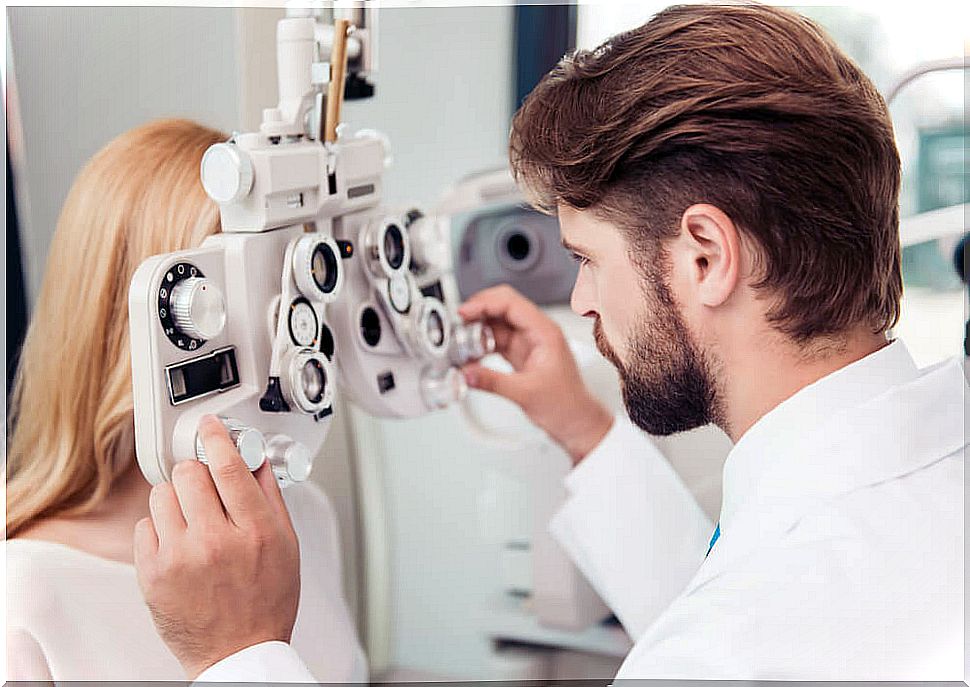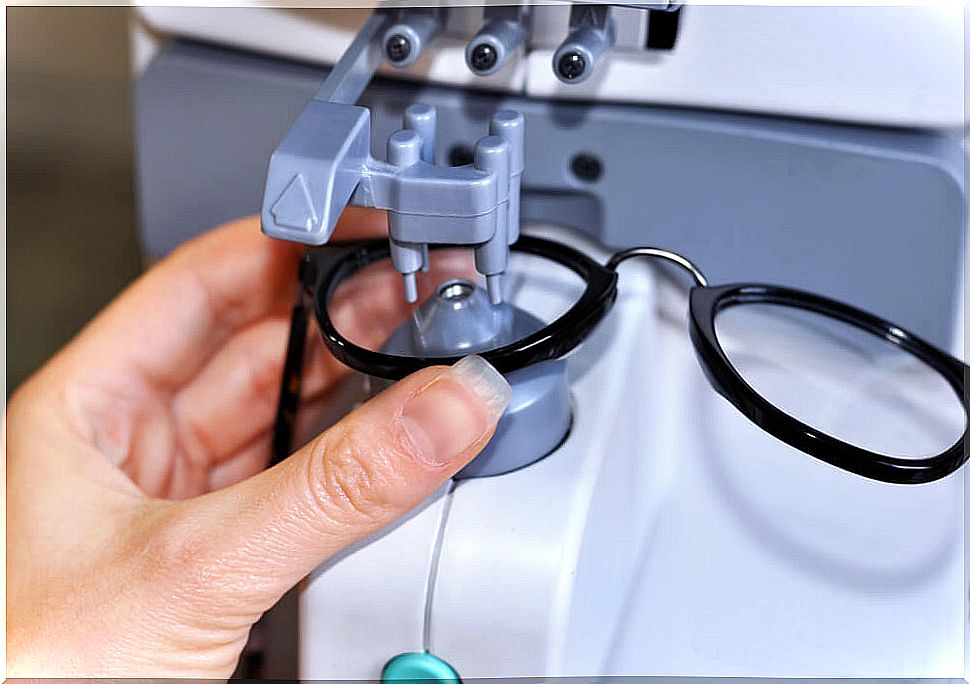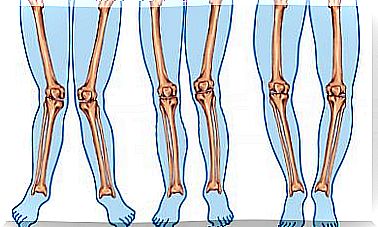What Is Astigmatism?
Astigmatism is a very common refractive vision defect, usually of hereditary origin. In fact, between 20 and 40% of the population suffers from it. It is not a disease or a visual health problem.
It can occur with myopia or hyperopia, therefore, it can be classified as: myopic astigmatism or hyperopic astigmatism.
Those with astigmatism report blurred vision. This occurs because the cornea of the eye does not have the same curvature in all its axes (adopting an elliptical or oval shape), with which it has different foci (either in front of or behind the retina).
As the cornea does not have the same curvature in all its axes, the light rays are not refracted correctly, which causes blurred vision, regardless of the distance from the object to be focused.
More about astigmatism
Astigmatism usually has a genetic origin. However, there are people who can suffer from it as a result of a disease. At this point, Oftalvist experts clarify the following:

Astigmatism is diagnosed when the cornea or the crystalline layer that covers the eye has irregularities. Remember that both the cornea and the lens are responsible for providing correct vision. Specific:
- The cornea allows light to enter the eye
- The lens focuses light on the retina (inside the lining of the eye).
In people with astigmatism, the cornea does not have a round shape like the rest, but rather has a more oval or elliptical shape. For this reason, the eye cannot focus light rays at a single point and this causes vision to blur.
Diagnosis

Astigmatism is detected through an eye exam, which generally uses devices such as the phoropter and retinoscope, which help the optometrist to measure the degree of refraction of light passing through the eyes.
Refraction is understood as the change in direction that light rays experience when passing through the cornea.
The eye exam covers the evaluation of:
- Visual acuity: the patient reads letters and symbols at a certain distance, which will become smaller and smaller.
- Keratometry: The keratometer is used to measure the curvature of the cornea. This is achieved by focusing a small luminous circle on the patient’s eye, which allows the refraction of the rays to be observed.
- Refraction: this parameter is measured with the phoropter. It consists of a series of lenses that are placed in front of the patient’s eyes to measure focus.
Once the examination is completed, the eye doctor will indicate the most appropriate treatment for the patient.
Treatment

To reduce or correct astigmatism there are several options:
- Glasses: with cylindrical lens to compensate for astigmatism.
- Contact lenses : in some cases the vision is clearer and provide a wider field of vision. However, they require periodic cleaning to maintain the health of the eye.
- Keratotomy: consists of the installation of a series of rigid contact lenses to correct the cornea.
- Laser surgery: laser can reduce the excessive curvature of the cornea that causes astigmatism.
- Refractive surgery : this surgery aims to eliminate or minimize the refractive effects of the eye.
Forecast
The prognosis of astigmatism can vary in each patient over time. Patients may need to renew their glasses and contact lenses from time to time to accommodate a new prescription. However, in general the prognosis is usually quite good.
If you consider that you may have astigmatism, it is best to go to the eye doctor.









